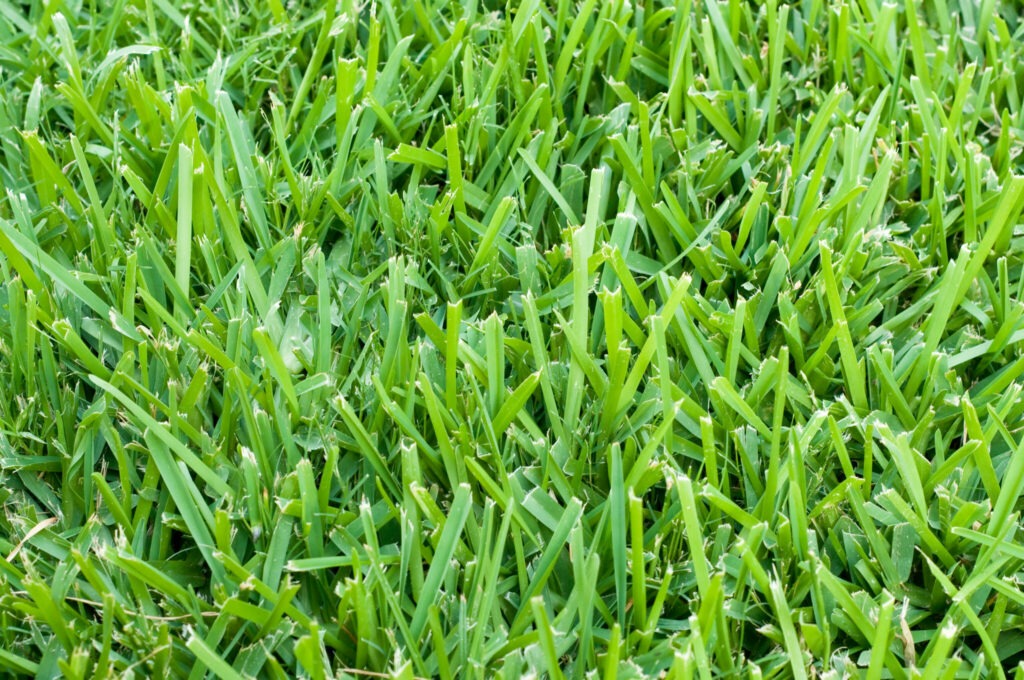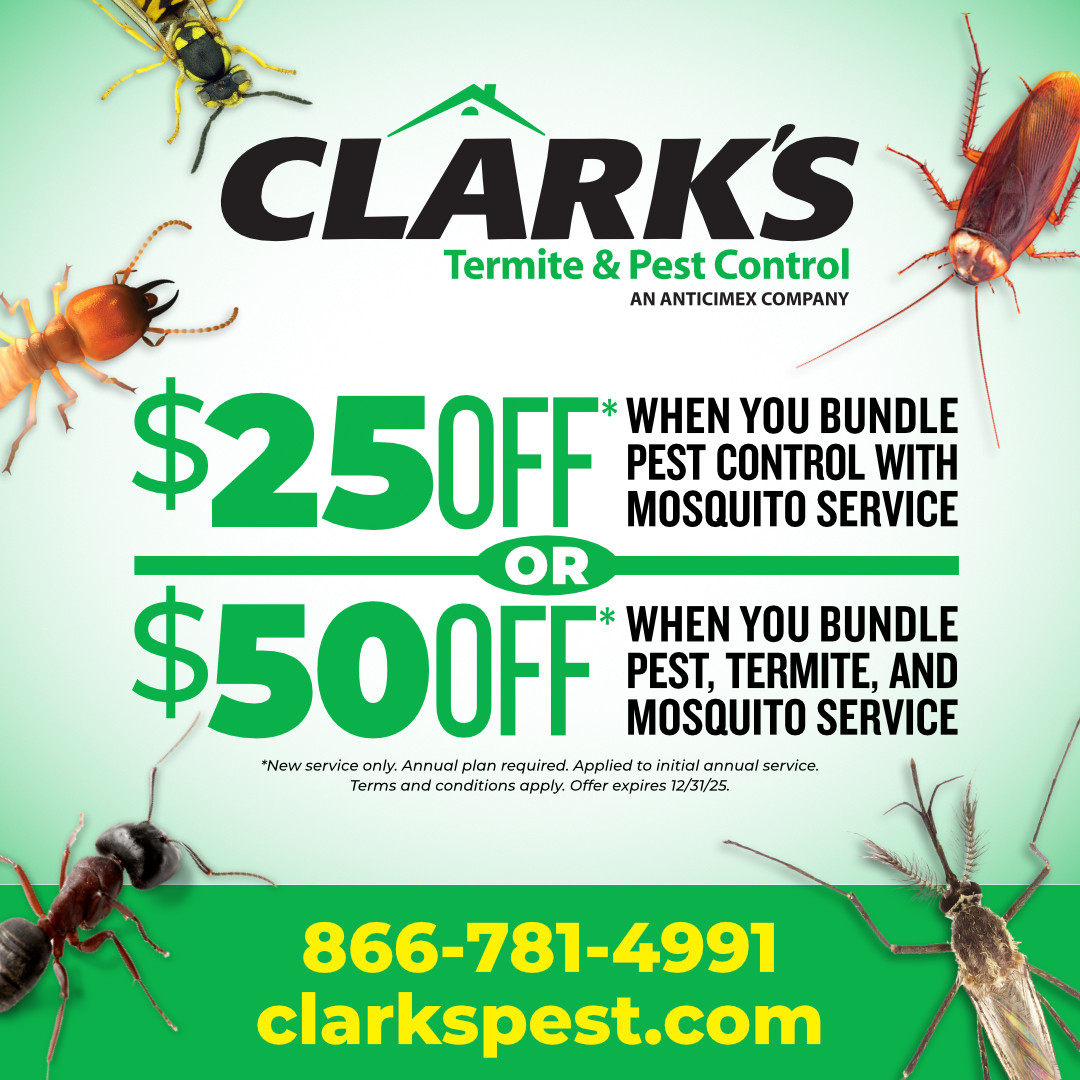
A St Augustine grass lawn is the most shade tolerant of the warm season grasses, but it still requires 4-6 hours of direct sunlight to thrive. Winter injury is a significant issue, especially if it is planted farther west than Columbia, Spring, summer, and early fall are the best times to grow, while winter sees it dormant and brown.
February
Spring Pre-Emergent ApplicationObjective: Target weeds that typically start germinating in early spring, including crabgrass, annual bluegrass, goosegrass, lespedeza, and some broadleaf weeds.
March/April
EarthMax Centipede Health ApplicationObjective: Provide turf micronutrients and bio-solids to help the turf transition from dormancy. Promote root growth to counter the effects of Pre-Emergent on Centipede root development. Includes Iron for leaf color, Magnesium, Manganese, Potassium, and Calcium with a small amount of quick-release nitrogen to help it “pop.”
May
Spring Green-upObjective: Give turf that initial nitrogen feed to promote greening up and leaf & runner (stolen & Rhizomes) growth. We also include another round of pre-emergent to target crabgrass, spurge, and some broadleaf weeds. This is a granular, slow-release fertilizer to provide up to 3 months of feed, depending on environmental conditions.
June/July*
Early Summer ApplicationObjective: Boost nitrogen. The application will include micronutrients and bio-solids to help the turf with extreme heat and dry conditions. An insecticide will be included for cinch bugs.
August*
Late Summer Pre-EmergentObjective: To get a pre-emergent down that targets poa-annua. This weed germinates in late summer but does not become an eye-sore until early spring.
September
WinterizerObjective: To get potassium into the soil to prepare the plant for dormancy. Iron is also applied to enhance color without the risk associated with using nitrogen so close to the first freeze.
October
Fall Pre-Emergent
Objective: Apply another round of pre-emergent to target winter weeds and their germination.
November/December
Lime-Weed
Objective: This application adjusts soils with deficiencies in nutrients or soil PH. Based on the soil test, Dolomitic Lime or Sulfur may be applied to raise or lower PH. Any breakthrough winter weeds will be treated if observed.
*Note: We likely will not spray for weeds during this period unless temperatures are below 92 degrees. Herbicides applied to St Augustine during high temperatures significantly expose the turf to severe damage.
Weed App*:
New customers (first year) with weed problems will be offered post-emergent herbicide applications (weed treatments) based on observations at the time of lawn evaluation. After one full year under our program, Clark’s will be responsible for weed issues (other than Sedge) and treat weed problems with the above-scheduled visits.
Perennial Sedge Treatments*:
Sedge is a difficult weed to control and reproduces primarily by underground tubers that form at the end of underground stems called rhizomes. If established before signing up for our lawn care program, the only way this weed can be controlled is with a selective post-emergent herbicide. Pre-emergents do not affect established Sedge. Overwatering your lawn will promote Sedge growth and population, making the post-emergent necessary.
*Applied as Needed
GET A FAST FREE ESTIMATE

